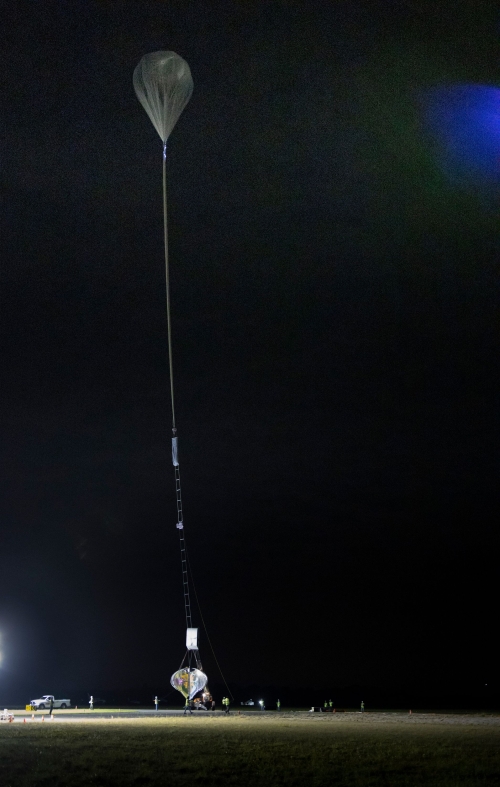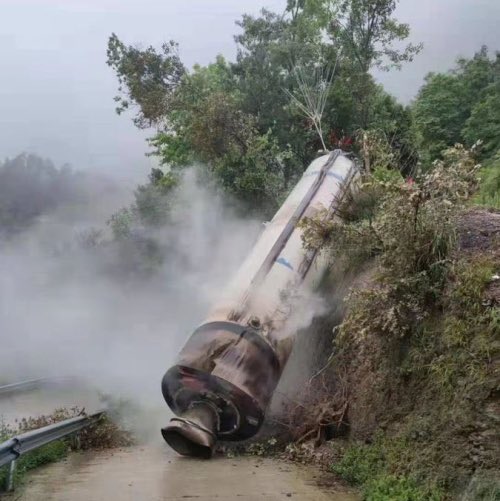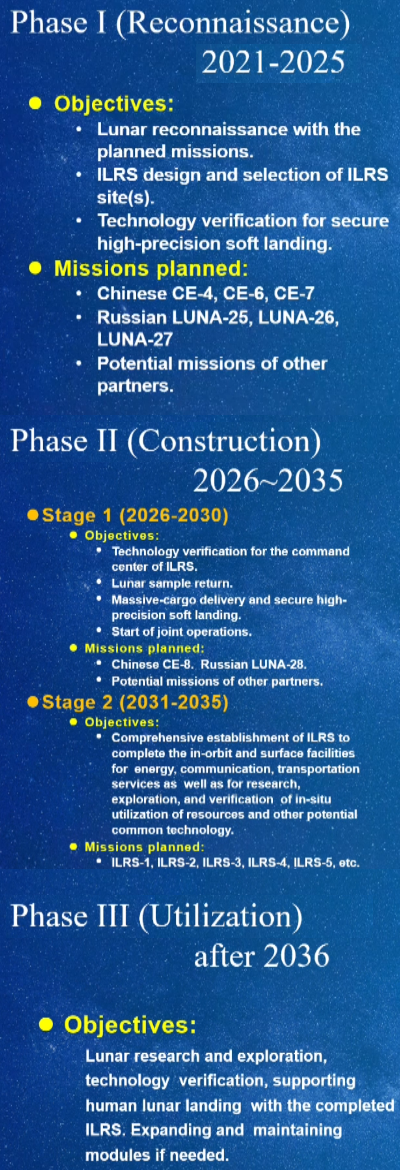Ingenuity completes 8th flight, moving south with Perseverance
On June 21, 2021 the Mars helicopter Ingenuity successfully completed its eighth flight, leapfrogging south past the rover Perseverance.
During the flight, Ingenuity remained aloft for 77.4 seconds, flew 525 feet (160 meters), and landed about 440 feet (133.5 m) away from its companion, the Perseverance rover, according to a tweet from NASA’s Jet Propulsion Laboratory in California, which operates the helicopter.
The map to the right, annotated by me from the interactive map provided by the Perseverance team, shows the helicopter’s approximate new position, labeled #8 in green. The other green numbers show its previous landing spots after earlier flights.
The white line shows Perseverance’s travels through June 17th. The yellow dashed line shows their planned route over the next few months. Perseverance was just slightly north of Ingenuity on that date. It has likely traveled further south since then.
On June 21, 2021 the Mars helicopter Ingenuity successfully completed its eighth flight, leapfrogging south past the rover Perseverance.
During the flight, Ingenuity remained aloft for 77.4 seconds, flew 525 feet (160 meters), and landed about 440 feet (133.5 m) away from its companion, the Perseverance rover, according to a tweet from NASA’s Jet Propulsion Laboratory in California, which operates the helicopter.
The map to the right, annotated by me from the interactive map provided by the Perseverance team, shows the helicopter’s approximate new position, labeled #8 in green. The other green numbers show its previous landing spots after earlier flights.
The white line shows Perseverance’s travels through June 17th. The yellow dashed line shows their planned route over the next few months. Perseverance was just slightly north of Ingenuity on that date. It has likely traveled further south since then.










